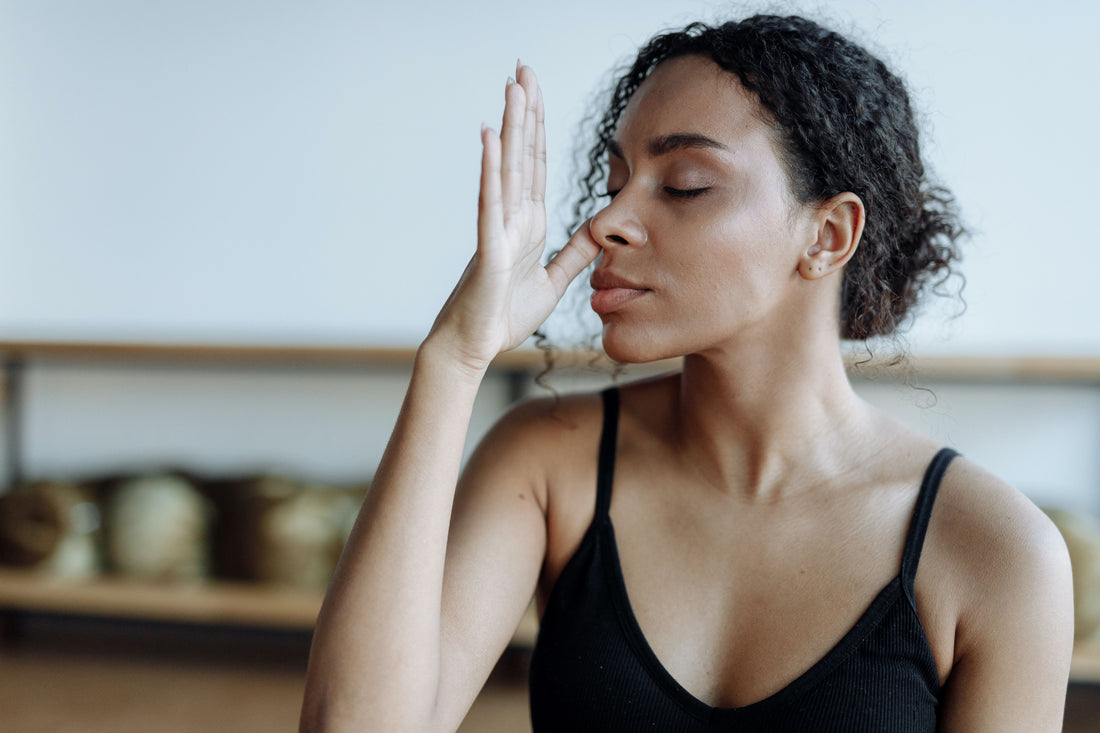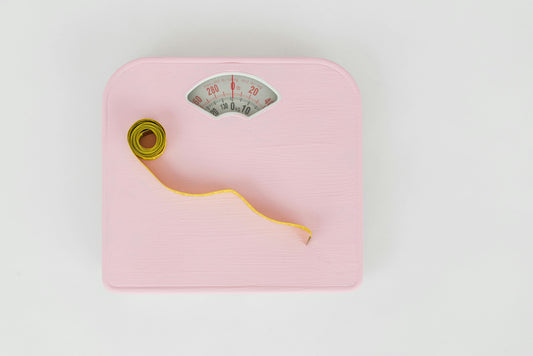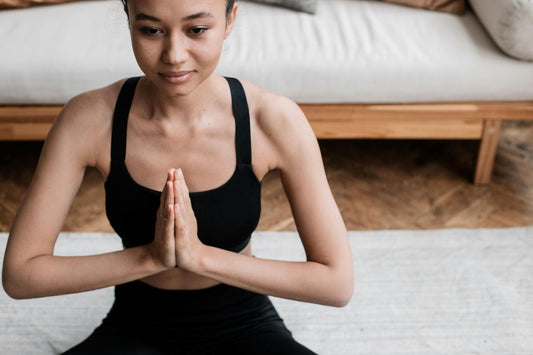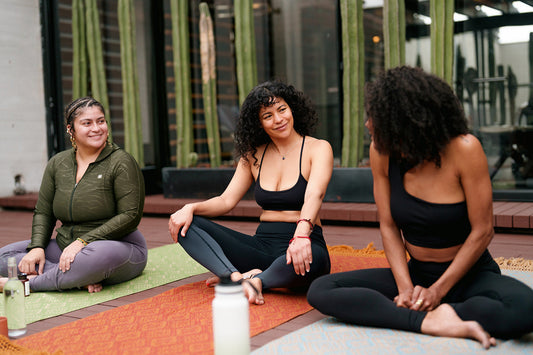Breathe in, breathe out. In that gentle cadence lies a remarkable tool for soothing anxiety and finding serenity. Dr. Sebi's teachings focus on the importance of essential nutrients for our health, yet one that is often overlooked is Oxygen. The rhythm of our breath is inherently intertwined with not only our lung health but to the extension of our overall well-being.
Just as the tides ebb and flow, so does our breath hold the power to restore balance to our minds and bodies. In particular, deep breathing exercises establish a calming synergy between mindfulness and respiration.
As you navigate life's ups and downs, remember that these breathing exercises can be a balm for anxiety, anchoring you in the present and helping find refuge and tranquility.
How Breathing Helps With Anxiety
Breathing isn’t just a biological function; it's a bridge between our conscious and subconscious minds. In fact, deep breathing techniques can help reduce the heart rate, lower blood pressure, and promote a sense of calmness.
That’s because mindful breathing activates the parasympathetic nervous system, responsible for the "rest and digest" response. This counters the "fight or flight" response of the sympathetic nervous system, which is heightened by the short, shallow breaths that often occur during moments of anxiety.
By focusing on the breath, we redirect our attention away from the worries and stressors that contribute to anxiety, centering it on the present moment. An anxious mind is usually in an oxidative state. Practicing mindfulness can help you look inward, focus in the present moment, and allow you to experience calmness. Your mental health is linked to your physical health, and you must heal your body as a whole.
Now, let's explore eight calming deep breathing exercises:
1. Mindfulness Breathing
Grounding and relaxing, mindful deep breathing is a foundational practice that enhances awareness and eases anxious thoughts. Aim to practice at least a few times a day.
- Find a quiet space and sit or lie down comfortably.
- Inhale deeply through your nose for a count of 4.
- Exhale slowly through your mouth for a count of 6.
- Pay attention to the sensation of your breath as it enters and leaves your body.
- Continue this cycle for as long as you’d like.
2. Belly Breathing
Belly breathing, also known as diaphragmatic breathing or abdominal breathing, encourages deep, slow breaths that activate the body's relaxation response. While you can perform it in any position, lying down allows your belly and chest to fully expand.
- Place one hand on your chest and the other on your abdomen.
- Inhale deeply and slowly through your nose, allowing your abdomen to expand as you fill your lungs.
- Exhale slowly through your mouth, feeling your abdomen contract.
- Focus on the rise and fall of your belly with each breath.
- Continue this cycle for as long as you’d like.
3. Equal Breathing
Equal breathing creates balance by maintaining an equal duration for both inhalation and exhalation. Sit in a chair (or stand or lie down — it’s up to you), being mindful of your posture.
- Inhale through your nose for a count of 4.
- Exhale through your nose for a count of 4.
- Keep your inhales and exhales equal in length.
- Continue this cycle for as long as you’d like.
4. Box Breathing
Also known as square breathing, this technique promotes a sense of stability and relaxation.
- Inhale through your nose for a count of 4.
- Hold your breath for a count of 4.
- Exhale through your mouth for a count of 4.
- Pause and hold your breath for a count of 4.
- Repeat the cycle as many times as you’d like.
5. 4-7-8 Technique
This technique slows the breath, calms the mind, and helps regulate the nervous system. Sit or lie down — eyes closed if you’d like — while you sink into the calm and muscle relaxation.
- Inhale through your nose for a count of 4.
- Hold your breath for a count of 7.
- Exhale through your mouth for a count of 8.
- Repeat the cycle as many times as you’d like.
6. Humming Breath
The vibration produced during humming breath can be soothing and centering.
- Close your eyes and take a deep breath in through your nose.
- As you exhale through your nose, make a humming sound like you would while chanting "Om."
7. Alternate Nostril Breathing
This technique balances the left and right sides of the brain and promotes a sense of equilibrium.
- Close your right nostril with your right thumb.
- Inhale deeply through your left nostril.
- Close your left nostril with your right ring finger, and release your right nostril.
- Exhale through your right nostril.
- Inhale through your right nostril.
- Close your right nostril again and release your left nostril.
- Exhale through your left nostril.
- Repeat the cycle, alternating nostrils.
8. Lion’s Breath
Lion’s breath releases tension in the face, jaw, and throat, making it a cathartic practice for anxiety or any other pent-up emotion.
- Sit in a comfortable position and take a deep breath in through your nose.
- Open your mouth and exhale forcefully, sticking out your tongue and making a "haaa" sound, like a lion's roar.
- Return to a neutral position and repeat as needed.



















































1 comment
Thank you for the knowledge it s very important for every human to know do you have it in book form?